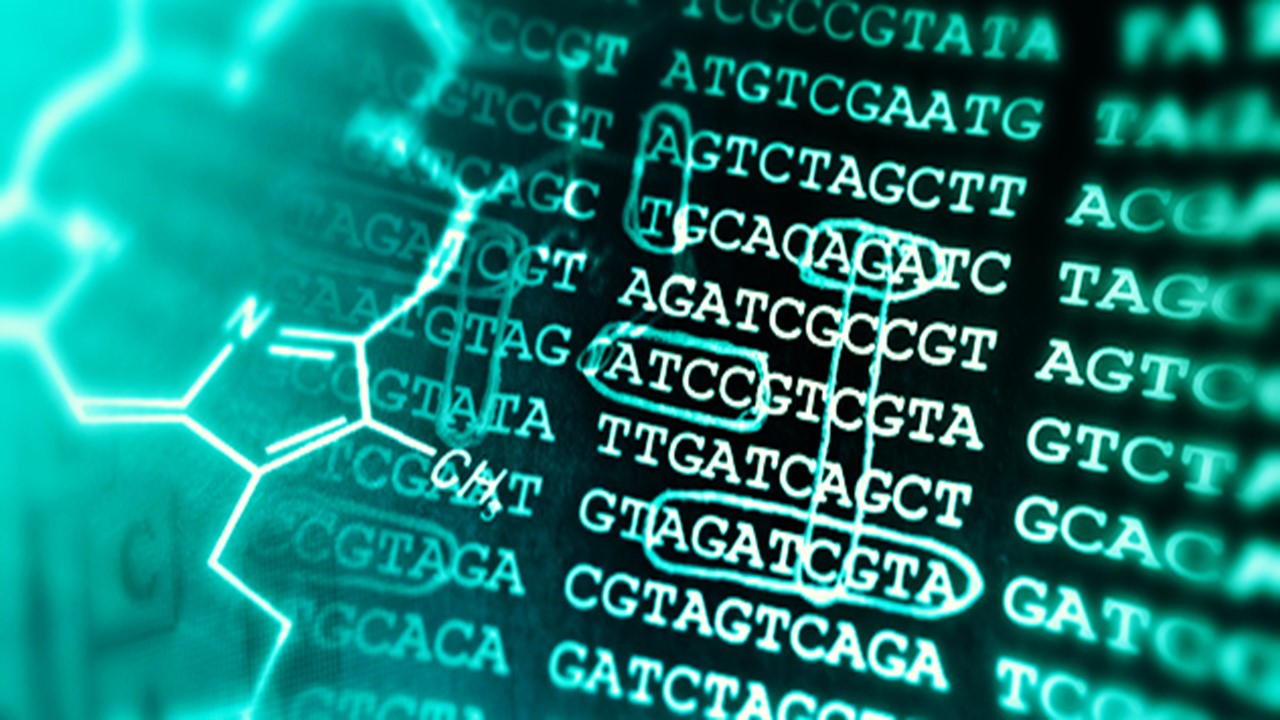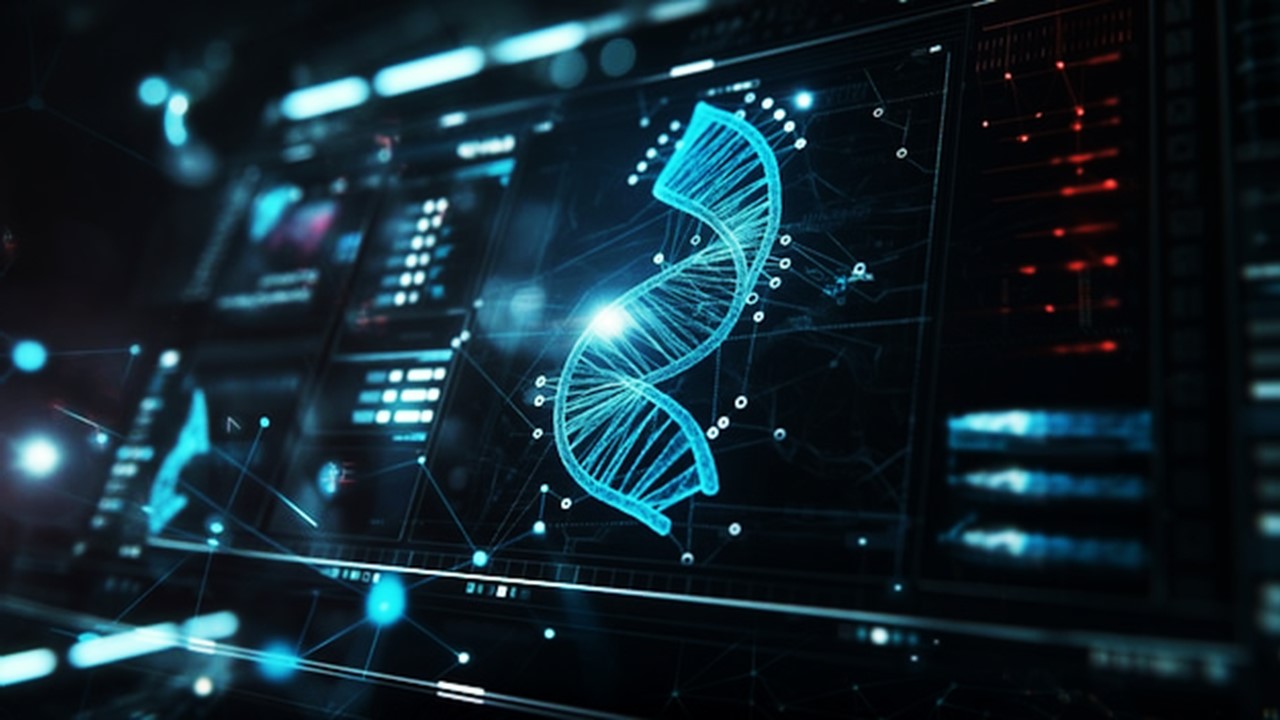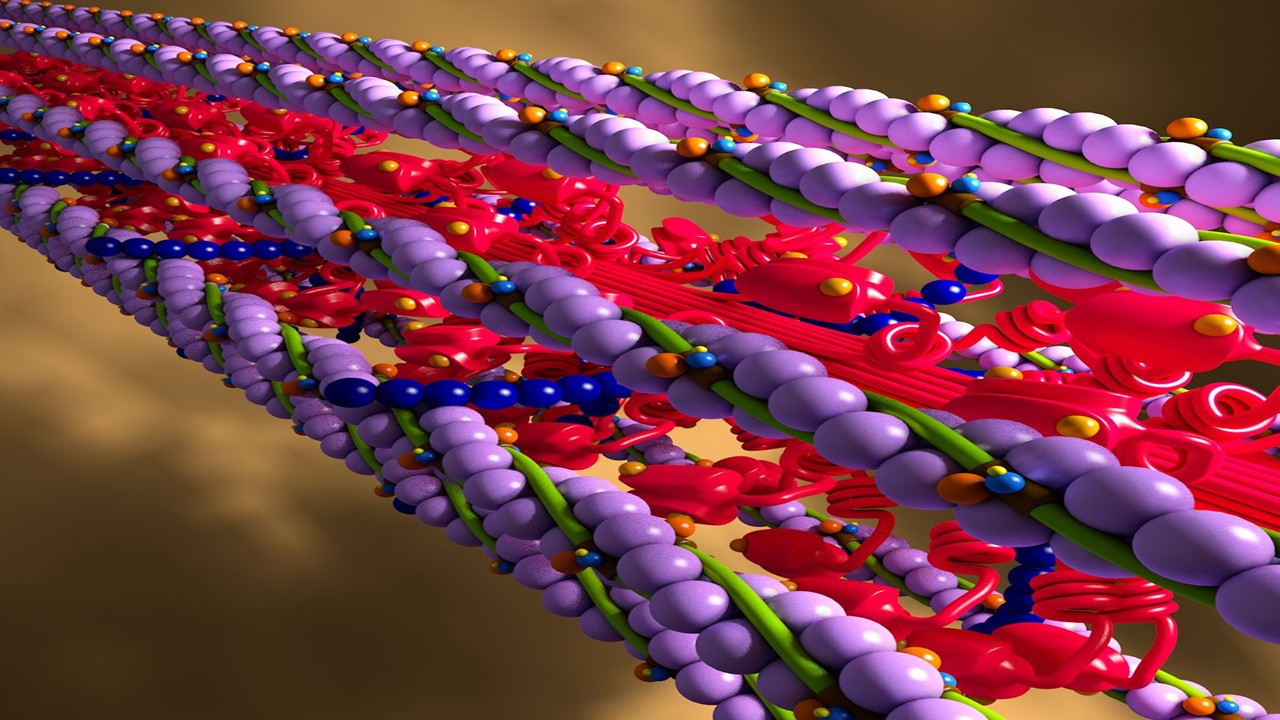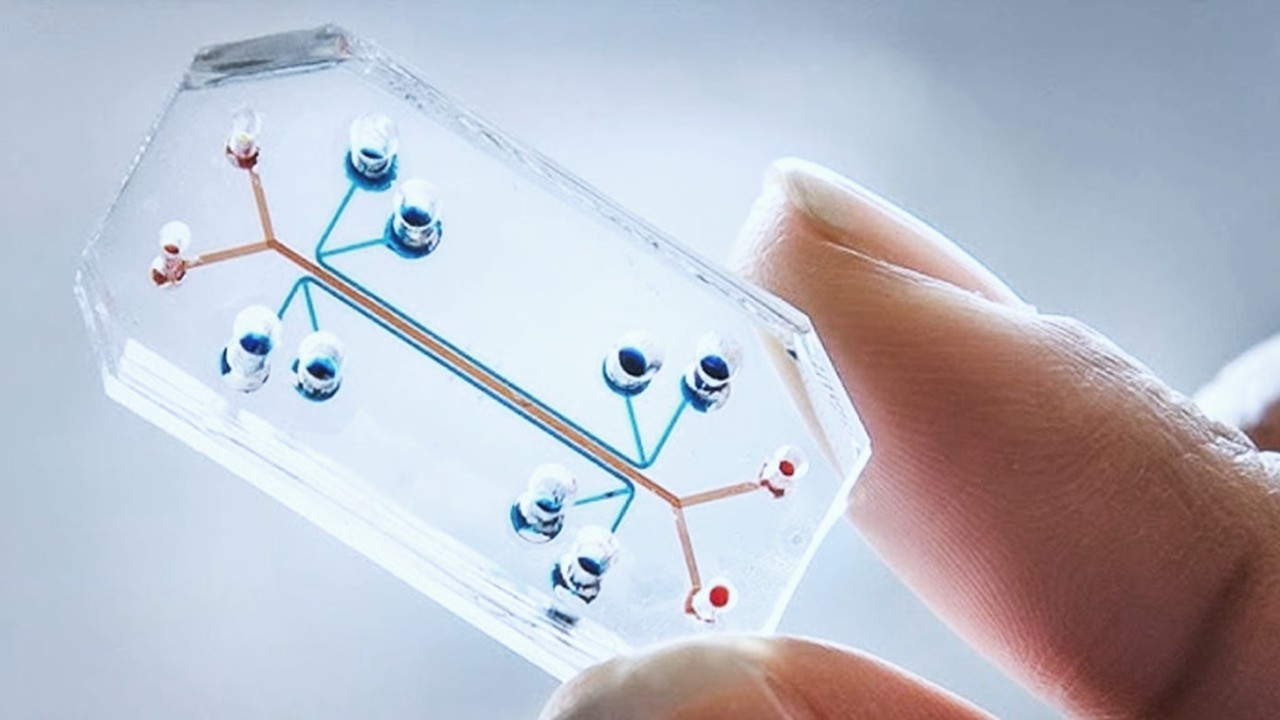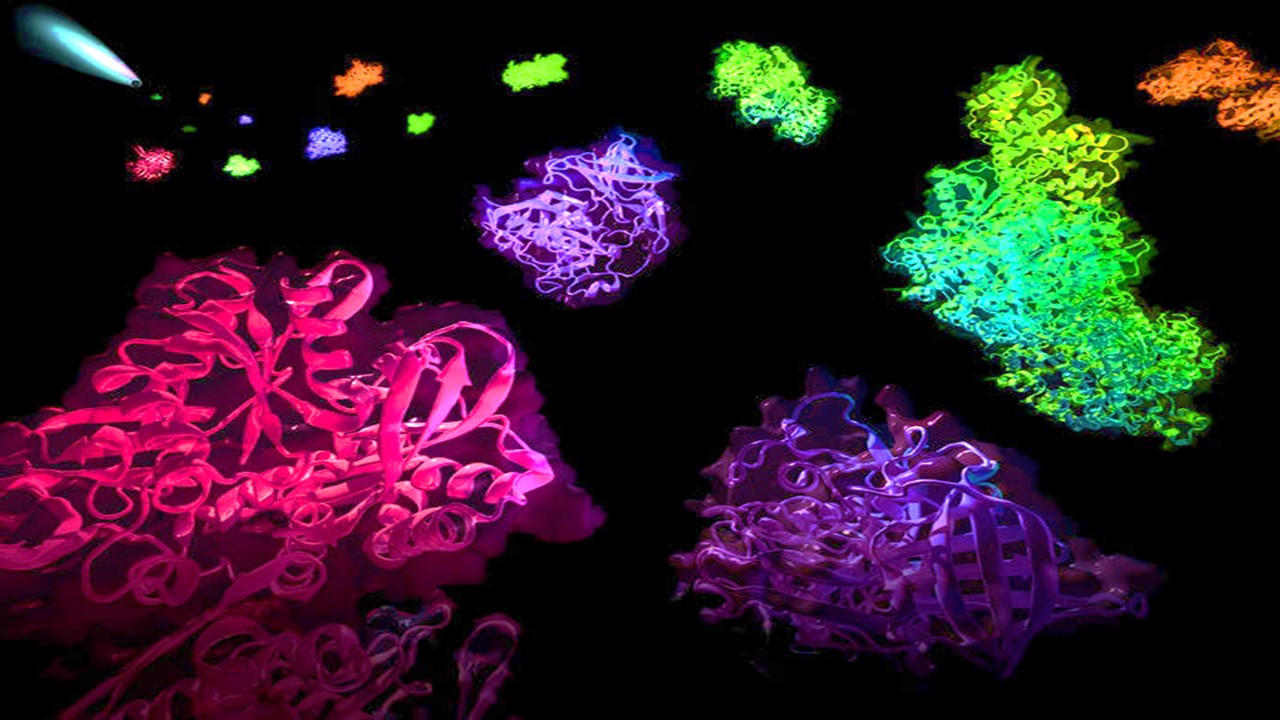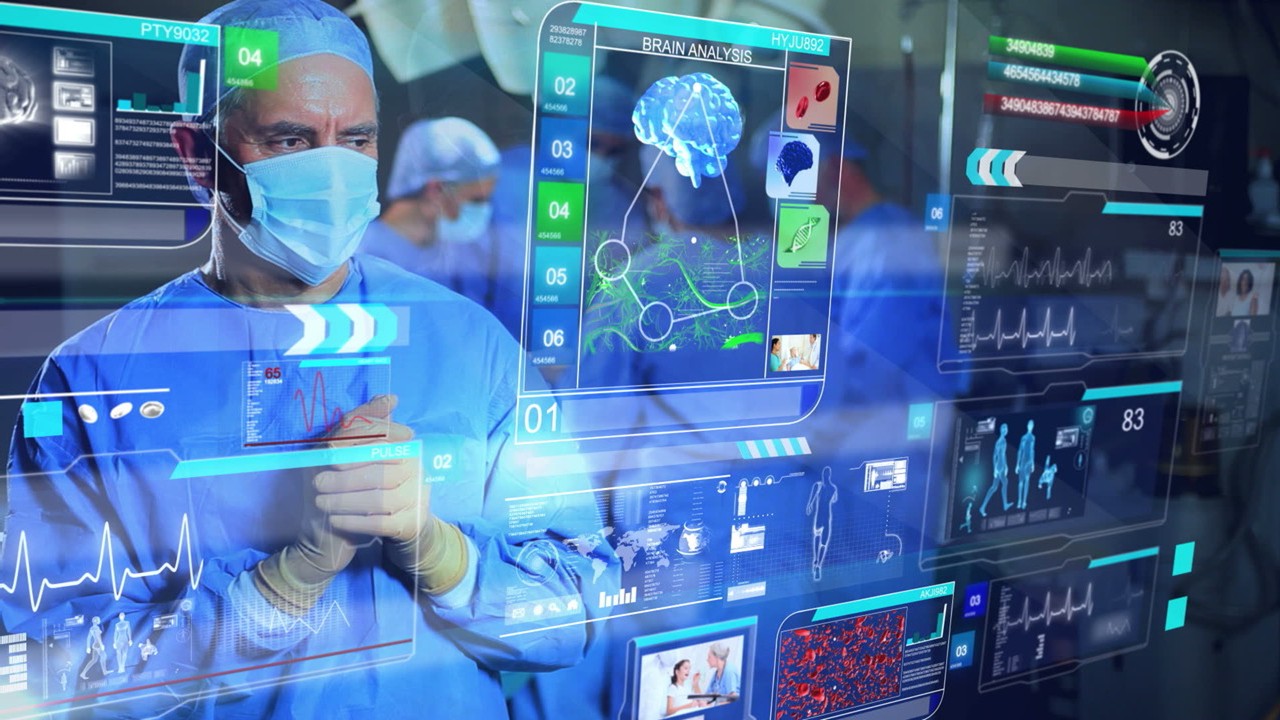In the last decade, biology has undergone a transformation. The ability to profile the genome, transcriptome, epigenome, proteome, and metabolome at single-cell resolution—while preserving spatial information—has redefined our understanding of health and disease. These multi-omics technologies have not only revolutionized fundamental cell biology but also opened new avenues for translational research, from cancer therapy to neurodegenerative disease modeling.
Single-cell and spatial multi-omics approaches offer a lens into the molecular intricacies of individual cells, mapping the interplay of genetic and epigenetic regulatory mechanisms that dictate cell fate and function. They enable researchers to reconstruct the molecular hierarchies governing development, aging, and pathology. This article delves into the cutting-edge methodologies underpinning these technologies, their computational integration strategies, and their profound implications for modern biology.
From Mono-Omics to Multi-Omics: A Paradigm Shift in Biology
For decades, biology relied on bulk sequencing techniques that captured an average signal from millions of cells. While these approaches provided valuable insights, they masked the heterogeneity inherent to biological systems. The advent of single-cell RNA sequencing (scRNA-seq) shattered this limitation, allowing researchers to dissect cellular diversity at an unprecedented scale. However, to truly capture the full biological complexity, single-cell multi-omics technologies have emerged—enabling the simultaneous analysis of multiple molecular layers from the same cell.
The transition from unimodal (mono-omics) to multimodal (multi-omics) approaches is driven by the need to connect distinct molecular features within a single cell. Multi-omics methodologies allow researchers to examine the genome’s impact on the transcriptome, epigenetic modifications that regulate gene expression, and how these molecular signals translate into protein dynamics. This interconnected view is critical for understanding developmental pathways, cellular plasticity, and disease progression.
These methods have gained traction through large-scale initiatives like the Human Cell Atlas, which seeks to map every cell type in the human body. The integration of multi-omics into such projects provides not only a static reference but also a dynamic understanding of how cells transition between states in response to their microenvironment.
Technological Foundations of Single-Cell Multi-Omics
Single-cell multi-omics platforms can be categorized based on how they process different molecular analytes. Some methods physically separate genomic, transcriptomic, and proteomic materials before sequencing, while others apply computational barcoding strategies to distinguish multiple molecular layers within the same reaction.
One major approach is single-cell genome-plus-transcriptome sequencing, which links genetic variation to transcriptional output within individual cells. This technique is invaluable in cancer research, where tumor cells exhibit intratumoral heterogeneity—harboring distinct genetic subclones with diverse gene expression profiles. By integrating genomic and transcriptomic data, researchers can identify how somatic mutations drive cellular phenotypes and drug resistance.
Another emerging field is single-cell epigenomics-plus-transcriptomics, which examines chromatin accessibility, DNA methylation, and histone modifications alongside gene expression. These techniques help decipher gene regulatory networks, revealing how transcription factors modulate cell fate decisions. One key application is in developmental biology, where researchers track how epigenetic landscapes evolve as stem cells differentiate into specialized cell types.
On the proteomic front, single-cell RNA-plus-protein sequencing (e.g., CITE-seq and REAP-seq) bridges the gap between transcript abundance and protein expression. This is particularly important because RNA levels do not always correlate with protein output due to post-transcriptional regulation. These technologies are widely used in immunology to study immune cell activation states and signaling dynamics.
Spatial Multi-Omics: Mapping Molecular Landscapes in Tissue Context
While single-cell sequencing provides detailed molecular profiles, it traditionally lacks spatial information. Spatial multi-omics technologies address this limitation by preserving the spatial organization of molecular analytes within intact tissue sections. These approaches allow scientists to study how cells interact within their native microenvironment—critical for understanding tissue development, cancer progression, and organ function.
Spatial multi-omics methods can be broadly divided into two categories: next-generation sequencing (NGS)-based approaches and imaging-based approaches. NGS-based spatial transcriptomics employs spatially barcoded arrays (e.g., 10x Genomics Visium, Slide-seq) to capture RNA molecules from tissue slices, enabling the mapping of gene expression patterns in situ. More advanced versions integrate transcriptomics with chromatin accessibility (e.g., spatial-ATAC-seq) or protein abundance (e.g., spatial-CITE-seq). Imaging-based approaches (e.g., MERFISH, seqFISH) use single-molecule fluorescence in situ hybridization (smFISH) to visualize thousands of RNA species at subcellular resolution. Some variants incorporate antibody-based methods (e.g., CODEX) to simultaneously profile protein expression, providing a multimodal view of tissue organization.
By integrating spatially resolved transcriptomic, epigenomic, and proteomic data, researchers can construct high-resolution tissue atlases. These maps reveal intricate cellular architectures and interactions—offering insights into how the tumor microenvironment influences cancer progression or how neuroinflammatory responses unfold in neurodegenerative diseases.
Computational Integration of Multi-Omics Data
The true power of single-cell and spatial multi-omics lies in their ability to integrate multiple molecular layers into a unified model. However, this integration poses significant computational challenges due to the high dimensionality and heterogeneity of the data.
To address this challenge, several integration strategies have been developed to harmonize complex datasets. Horizontal integration standardizes and aligns data generated from different experimental batches, enabling consistent comparisons across multiple datasets. Vertical integration combines information from various omics layers—such as genomics, transcriptomics, and proteomics—within the same cell, using statistical models to reveal meaningful relationships between these interconnected modalities. Diagonal integration connects unrelated datasets by identifying shared cellular states and employs machine learning algorithms to fill in gaps caused by missing data types. These strategies work in synergy to improve the depth, accuracy, and usability of multi-dimensional biological analyses.
Among the most powerful computational tools are deep learning frameworks that utilize autoencoder neural networks to learn latent representations of multi-omics data. These models can uncover hidden regulatory relationships between different molecular layers, facilitating the identification of novel biomarkers and drug targets.
Moreover, graph-based approaches are emerging as key tools for reconstructing cell lineage trajectories. By integrating single-cell epigenomic and transcriptomic data, researchers can map how cells transition between states, shedding light on developmental pathways and disease evolution.
Sustainability and the Future of Multi-Omics Research
As multi-omics technologies advance, the focus is shifting toward enhancing their sustainability and accessibility to promote broader adoption. Currently, the high costs and intricate technical requirements of these assays pose significant barriers, particularly for laboratories in resource-limited settings where financial and infrastructural constraints prevail. To overcome these challenges, researchers are actively working on several fronts.
Efforts are underway to develop cost-effective sequencing techniques that lower reagent consumption without compromising the sensitivity and accuracy required for multi-omics analyses. These approaches aim to democratize access by reducing the financial burden associated with high-throughput experiments. Additionally, the creation of standardized data formats is gaining traction, enabling seamless cross-study comparisons and minimizing computational redundancy. By establishing universally compatible frameworks, researchers can streamline data sharing and analysis, fostering collaborative advancements in the field.
Sustainability is another critical dimension of this evolution. Researchers are adopting eco-friendly laboratory practices, including minimizing plastic waste generated during sample preparation and analysis. Optimizing reagent use, particularly in single-cell workflows, not only reduces environmental impact but also improves efficiency, lowering the overall cost of experiments. These measures collectively aim to align the growth of multi-omics technologies with principles of environmental stewardship and equitable scientific progress.
Cloud-based bioinformatics platforms, to add, are also revolutionizing the accessibility of multi-omics data by offering scalable, on-demand computing resources that empower researchers across diverse settings. These platforms eliminate the need for costly infrastructure, democratizing access to advanced analytical tools and enabling scientists worldwide to engage in complex multi-omics research. By facilitating collaboration and data sharing, cloud solutions are driving innovation and accelerating discoveries in this rapidly evolving field.
Looking ahead, several key advancements are poised to shape the future of multi-omics technologies. The integration of long-read sequencing is expected to gain prominence, providing enhanced detection of isoforms and structural variants at the single-cell level. This capability will deepen our understanding of transcriptomic complexity and its implications for cellular function and disease. The expansion of proteomics and metabolomics into single-cell resolution will bridge the longstanding gap between genotype and phenotype, offering a more holistic view of cellular processes and their regulation. Additionally, breakthroughs in live-cell multi-omics will allow researchers to monitor molecular changes in real time, capturing dynamic cellular responses to environmental cues and therapeutic interventions.
These advancements, coupled with the growing accessibility afforded by cloud-based platforms, signal a transformative era in multi-omics research, paving the way for new insights and applications in biology and medicine.
A New Era in Systems Biology
Single-cell and spatial multi-omics technologies have ushered in a new era of systems biology. By capturing the dynamic interplay between the genome, transcriptome, epigenome, and proteome, these approaches provide unprecedented insights into cellular complexity. From mapping the human body at single-cell resolution to unraveling the mechanisms of disease progression, multi-omics research is shaping the future of medicine.
Despite current challenges in data integration and accessibility, continued technological advancements will further refine these methods, making them more cost-effective and scalable. As multi-omics datasets grow in size and scope, the convergence of AI-driven analytics and high-throughput biology will unlock novel discoveries that were once beyond our reach.
Biology is no longer studied in isolation—single-cell and spatial multi-omics have woven together the molecular tapestry of life, revealing patterns that will guide the next generation of scientific breakthroughs.
Study DOI: https://doi.org/10.1038/s41576-023-00580-2
Engr. Dex Marco Tiu Guibelondo, B.Sc. Pharm, R.Ph., B.Sc. CpE
Editor-in-Chief, PharmaFEATURES

Subscribe
to get our
LATEST NEWS
Related Posts
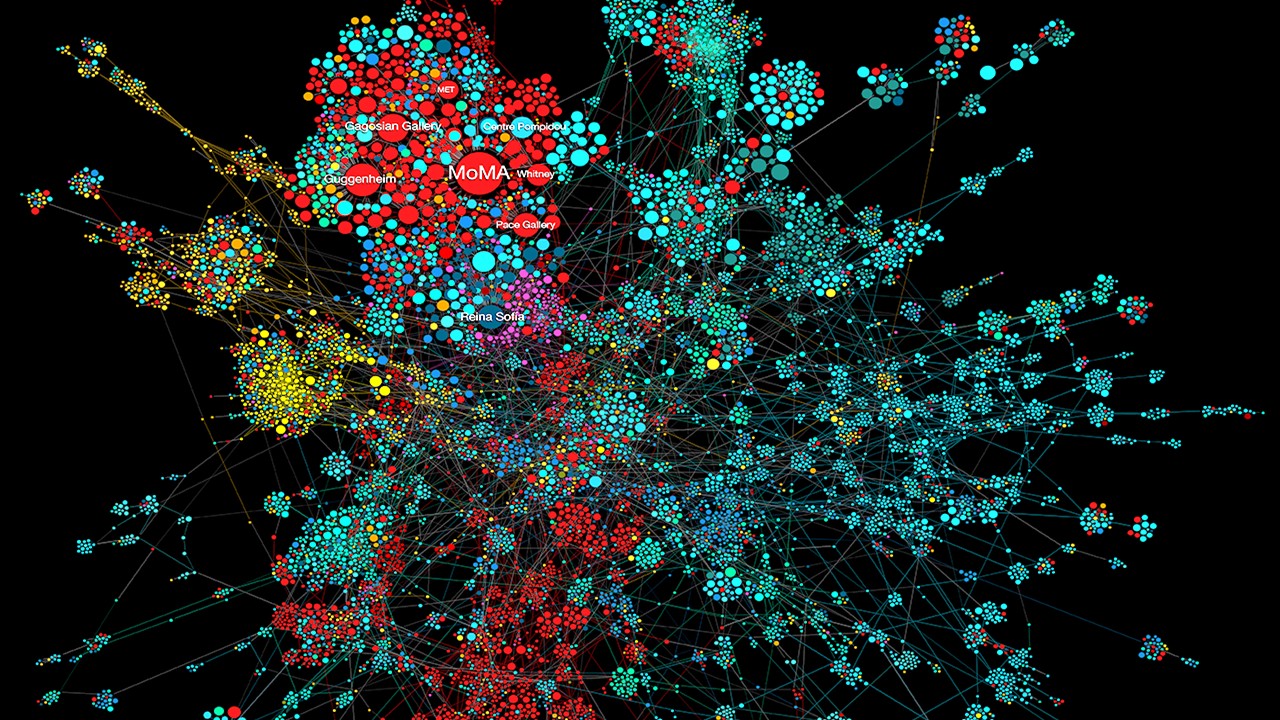
Bioinformatics & Multiomics
Mapping the Invisible Arrows: Unraveling Disease Causality Through Network Biology
What began as a methodological proposition—constructing causality through three structured networks—has evolved into a vision for the future of systems medicine.

Bioinformatics & Multiomics
Open-Source Bioinformatics: High-Resolution Analysis of Combinatorial Selection Dynamics
Combinatorial selection technologies are pivotal in molecular biology, facilitating biomolecule discovery through iterative enrichment and depletion.
Read More Articles
Myosin’s Molecular Toggle: How Dimerization of the Globular Tail Domain Controls the Motor Function of Myo5a
Myo5a exists in either an inhibited, triangulated rest or an extended, motile activation, each conformation dictated by the interplay between the GTD and its surroundings.
Designing Better Sugar Stoppers: Engineering Selective α-Glucosidase Inhibitors via Fragment-Based Dynamic Chemistry
One of the most pressing challenges in anti-diabetic therapy is reducing the unpleasant and often debilitating gastrointestinal side effects that accompany α-amylase inhibition.




